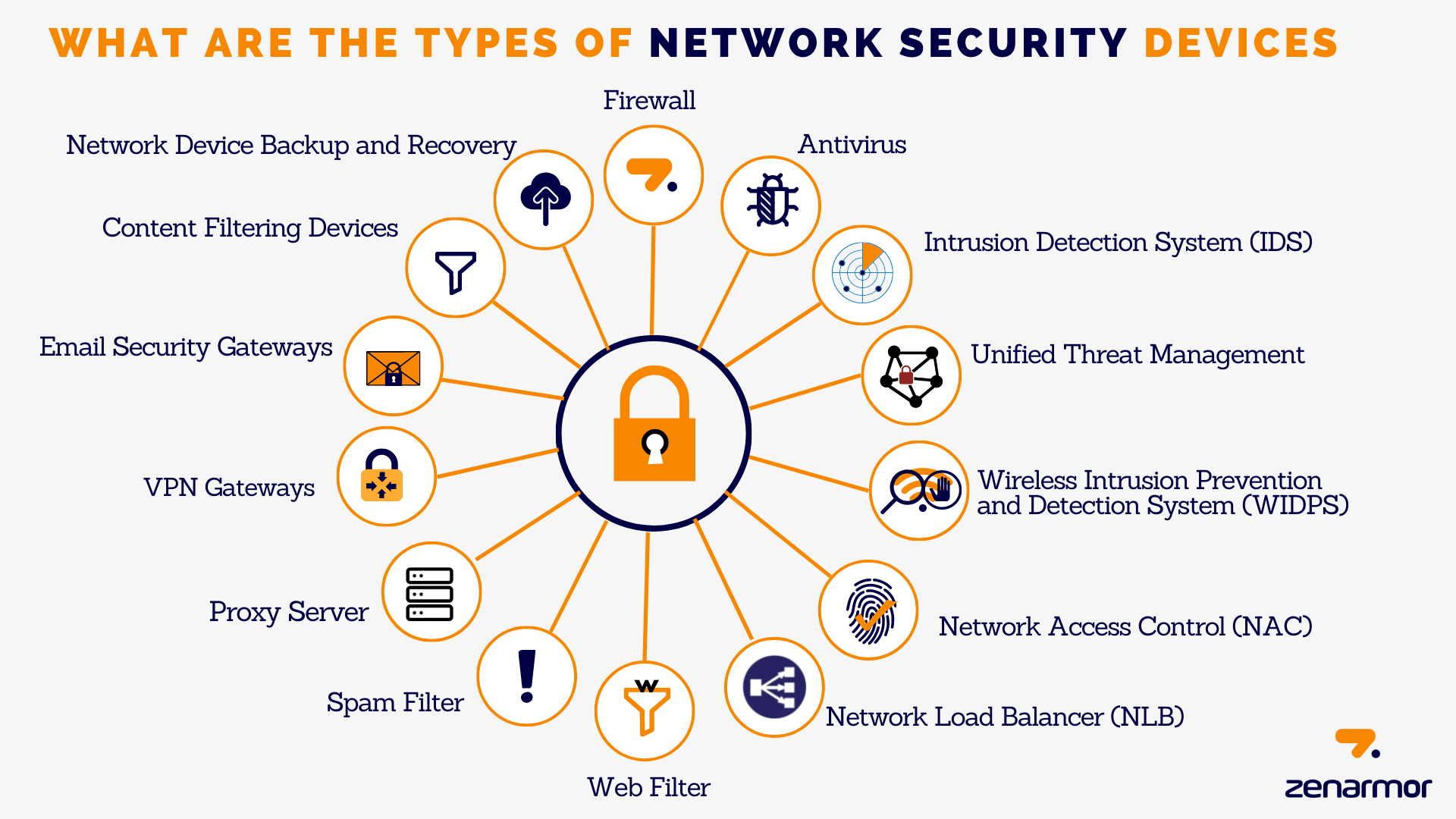Google Updates Its 'G' Icon After 10 Years with Gradient Design
Google has subtly updated its iconic 'G' logo, marking the first change in a decade. The update replaces the solid color sections with a smooth gradient, transitioning from red to yellow to green to blue. This change is already live in the Google Search app on iOS and is in beta for Android.
A Subtle but Significant Change
The new gradient design is a departure from the previous solid colors, offering a more modern and fluid look. While subtle, the change reflects Google's ongoing efforts to refresh its brand identity and align it with its latest technologies.
Alignment with Gemini and AI Initiatives
According to 9to5Google, the gradient design aligns with the Gemini gradient and the AI Mode in Search, which uses a similar gradient for a shortcut. This suggests that the logo update is part of a broader effort to integrate AI into Google's products and services.
Rollout and Implementation
The updated 'G' logo has already been rolled out to the Google Search app on iOS and is currently in beta for Android users. The change may not be immediately noticeable, especially on home screens or as a small browser favicon. However, it represents a significant shift in Google's design language.
Potential Expansion to Other Logos
While the main six-letter Google logo remains unchanged, there is speculation that other Google product logos, such as Chrome or Maps, could also adopt gradient designs in the future. These logos already feature four-color sections, making them suitable candidates for a similar update.
User Reaction and Impact
The logo update has been met with mixed reactions from users. Some appreciate the modern and subtle design, while others find it unnecessary or insignificant. However, the change is likely to have a minimal impact on the overall user experience.
The Evolution of the Google Logo
The Google logo has undergone several changes throughout its history, reflecting the company's evolution and growth. From its humble beginnings as a simple text-based logo to its current form, the Google logo has become one of the most recognizable symbols in the world.
A Brief History of Google Logo Changes
- 1997: The first Google logo was created by Sergey Brin using GIMP.
- 1998: Larry Page added an exclamation mark to the logo.
- 1999: Ruth Kedar, an art professor at Stanford, designed several logo options, and the one chosen featured a more refined typeface and color scheme.
- 2015: Google introduced a completely new logo, featuring a custom-made, geometric sans-serif typeface. This redesign was intended to reflect Google's evolution into a multi-platform company.
- 2025: The 'G' icon is updated with a gradient design.
The Significance of the 'G' Icon
The 'G' icon is a simplified version of the main Google logo and is used in various contexts, such as app icons and browser favicons. It represents Google's brand in a compact and recognizable form.
The Role of Branding in Tech
Branding plays a crucial role in the tech industry, helping companies differentiate themselves from competitors and build brand loyalty. A strong brand can convey a company's values, mission, and vision, and can influence consumer perceptions and purchasing decisions.
Google's Branding Strategy
Google has a well-defined branding strategy that focuses on simplicity, innovation, and user-friendliness. The company's logo, colors, and overall design aesthetic reflect these values and contribute to its strong brand identity.
The Future of Google's Visual Identity
As Google continues to evolve and expand its product offerings, its visual identity is likely to undergo further changes. The company will need to adapt its branding to reflect its evolving mission and to remain relevant in a rapidly changing technological landscape.
Conclusion
The update to Google's 'G' icon, while subtle, represents a significant step in the company's ongoing efforts to modernize its brand and align it with its latest technologies. The gradient design reflects Google's commitment to innovation and its focus on AI integration. As Google continues to evolve, its visual identity will likely undergo further changes, reflecting its evolving mission and its commitment to providing users with innovative and user-friendly products and services.
